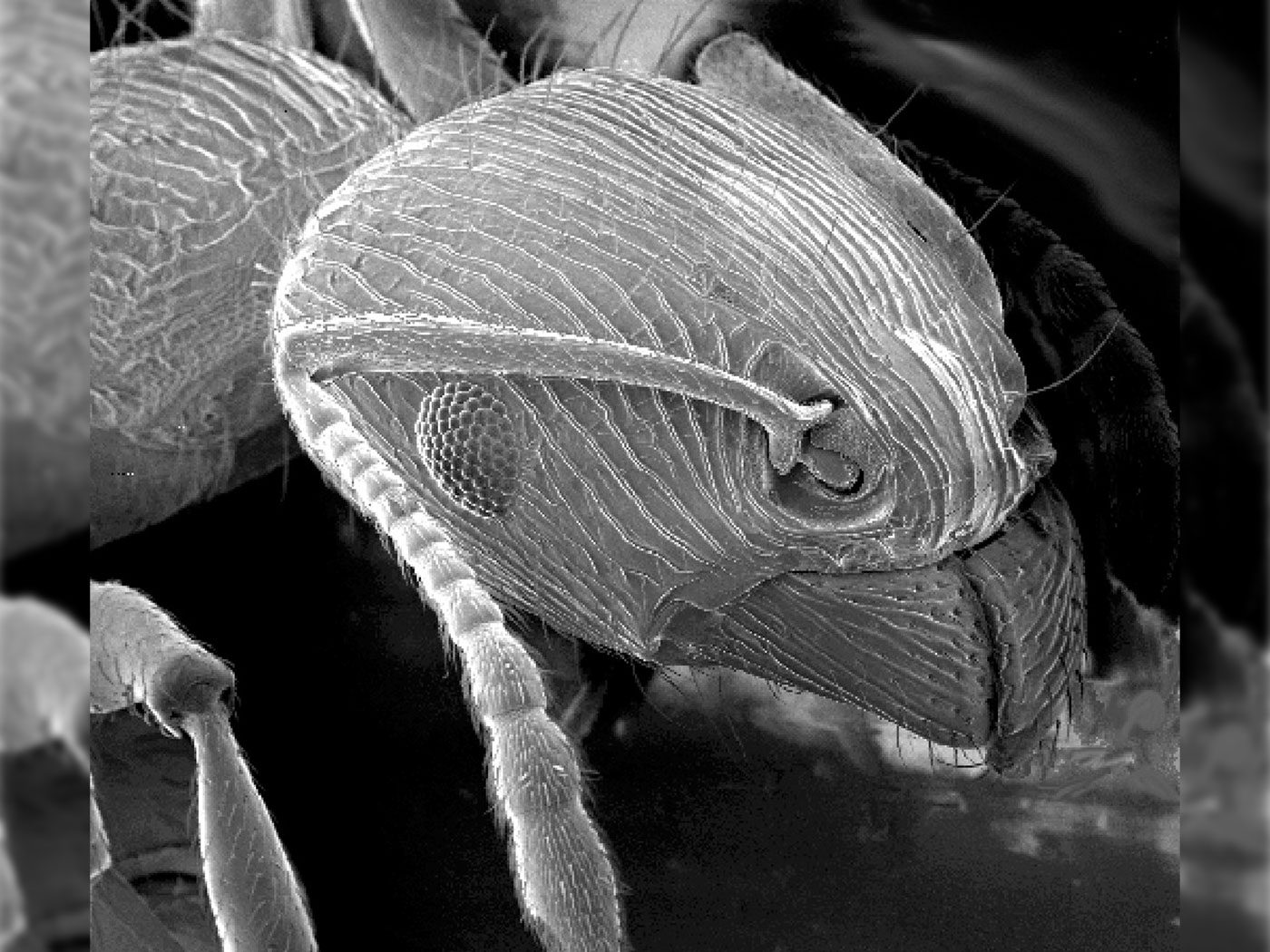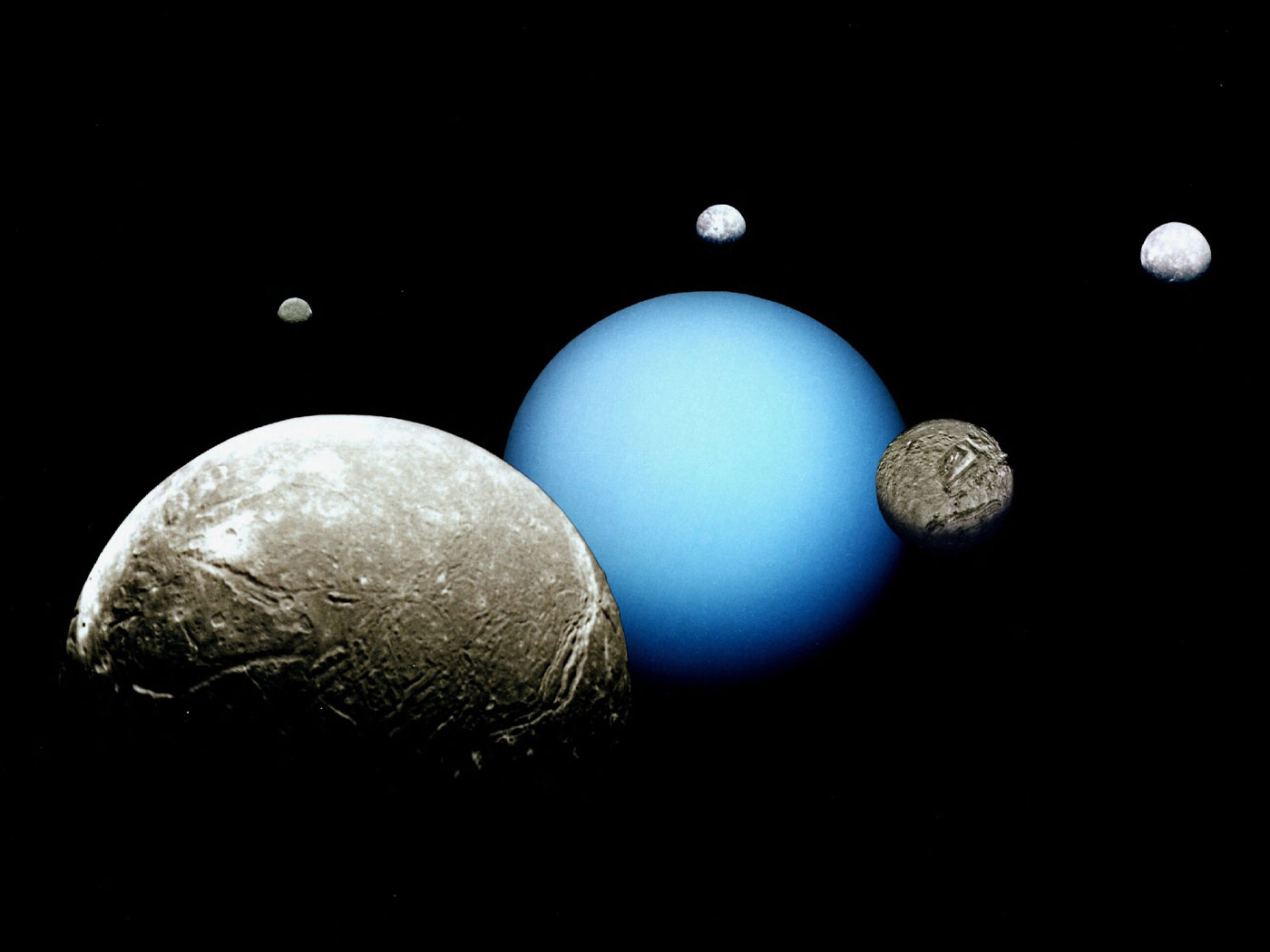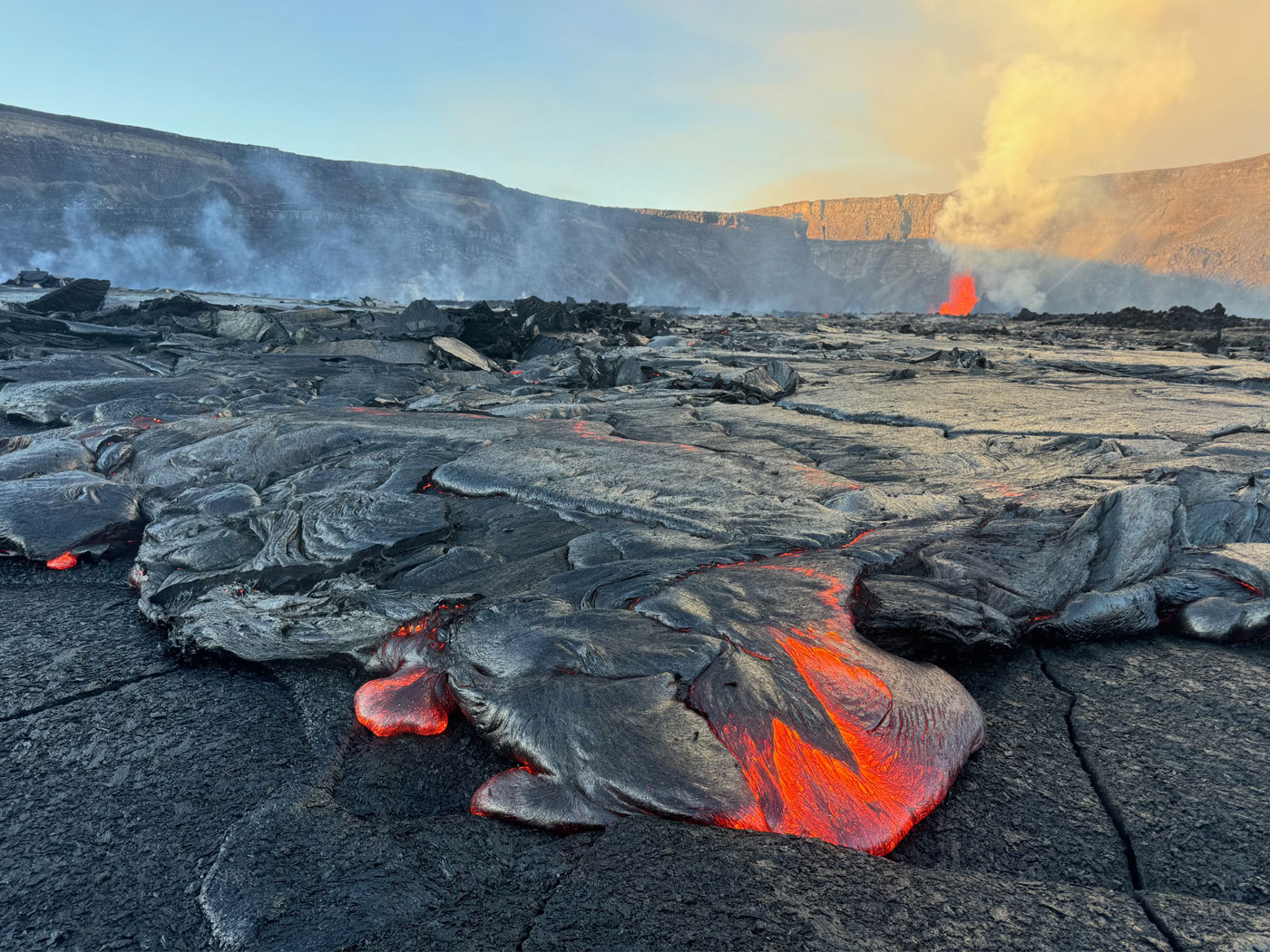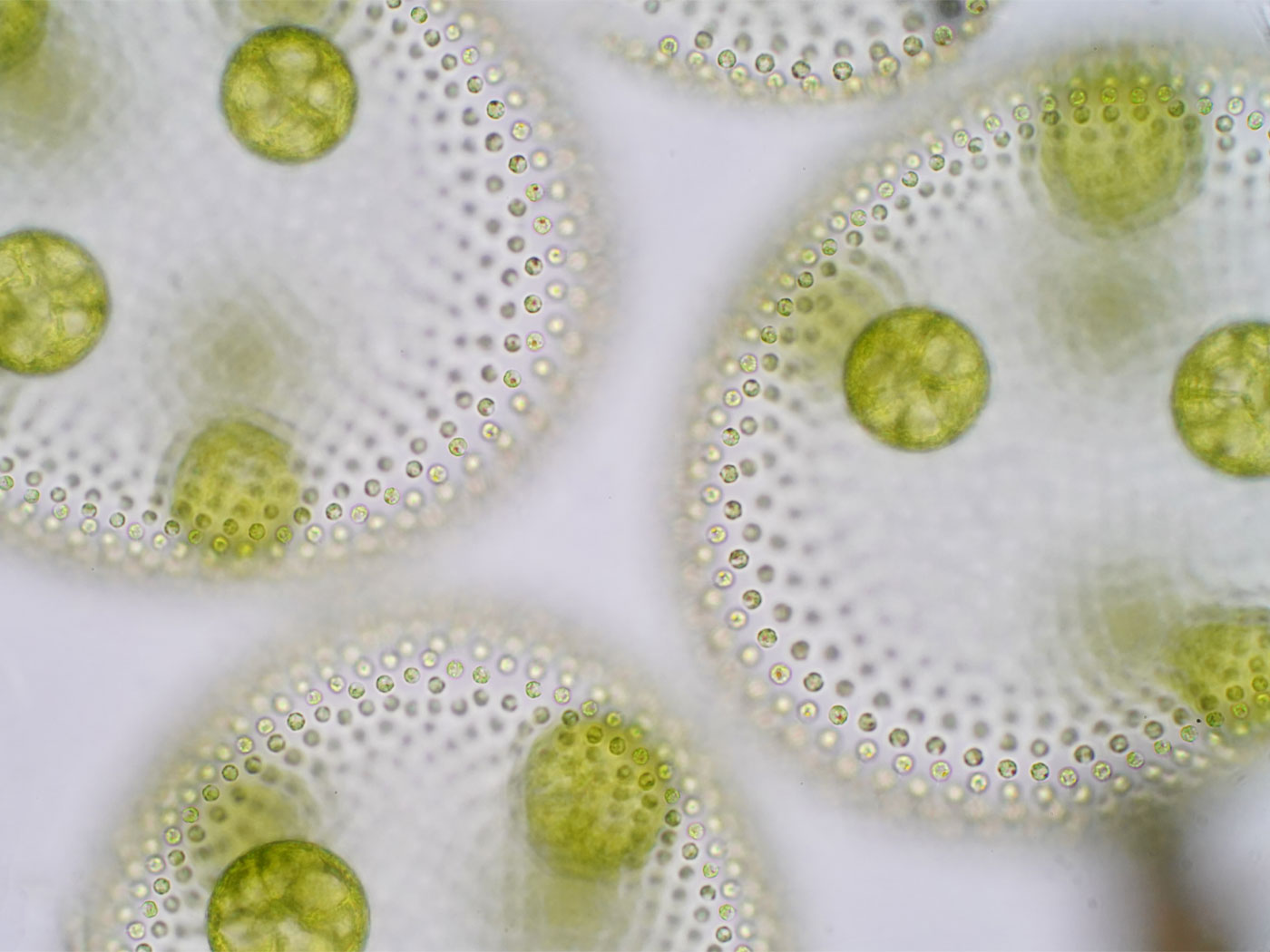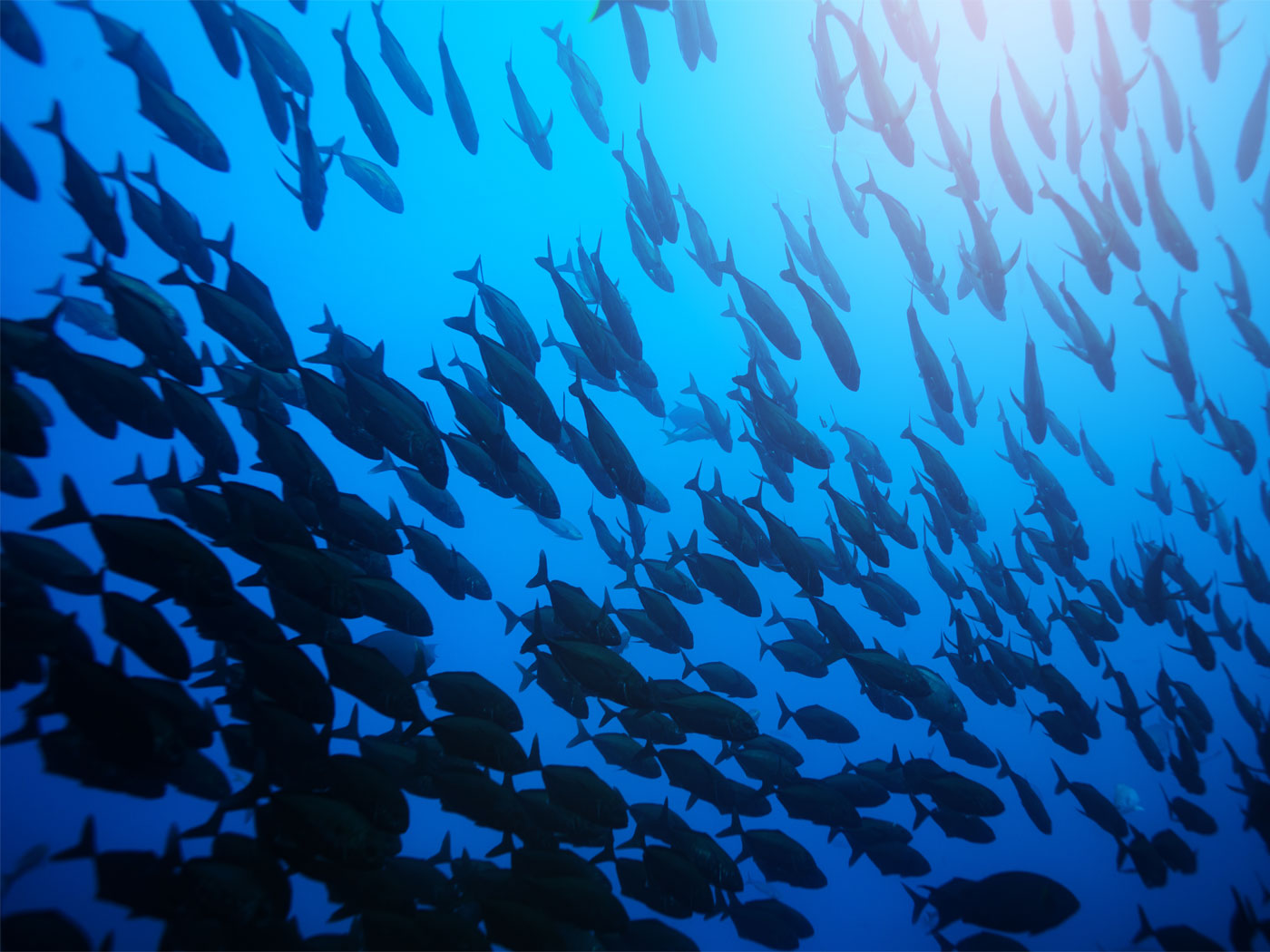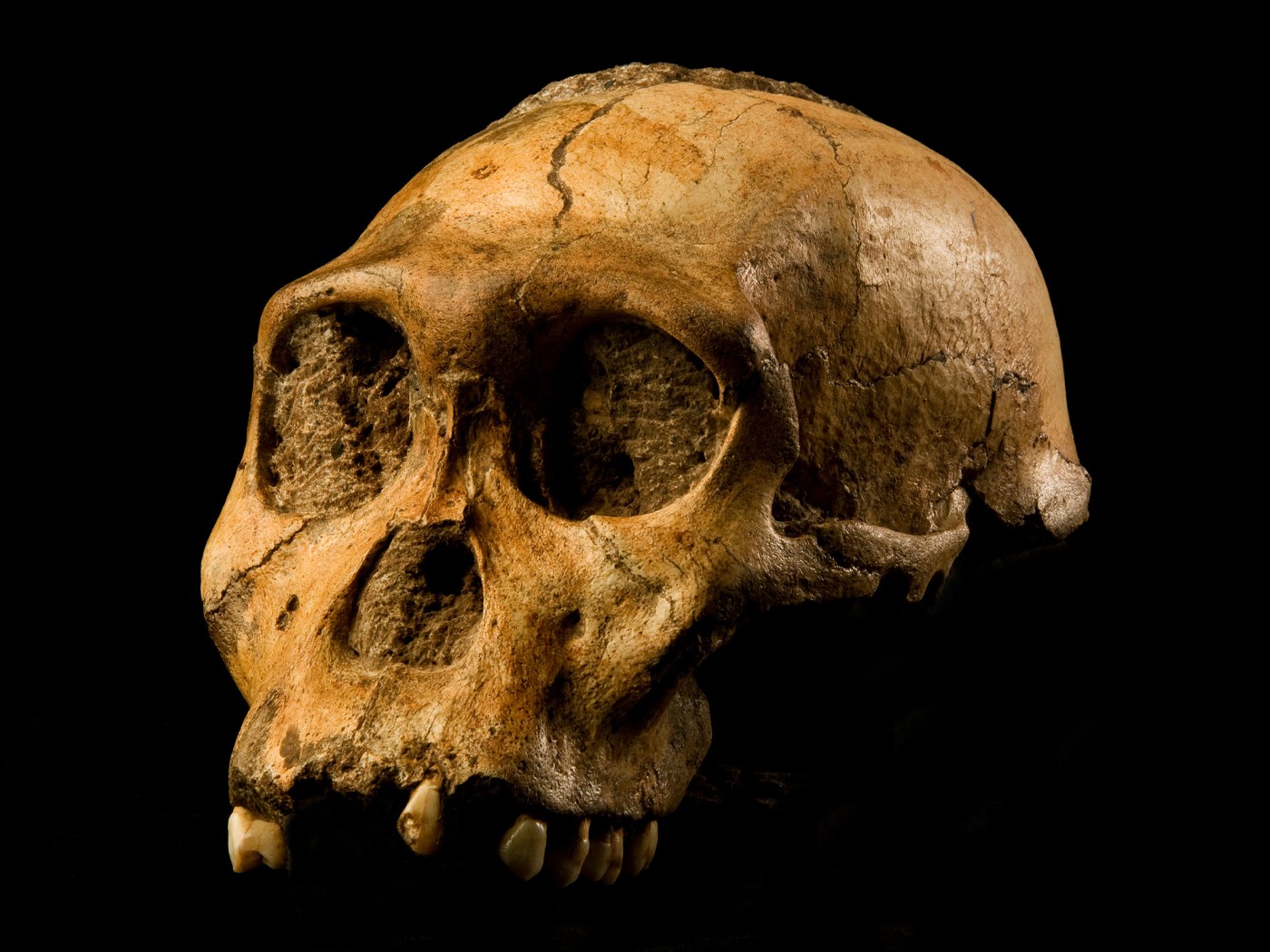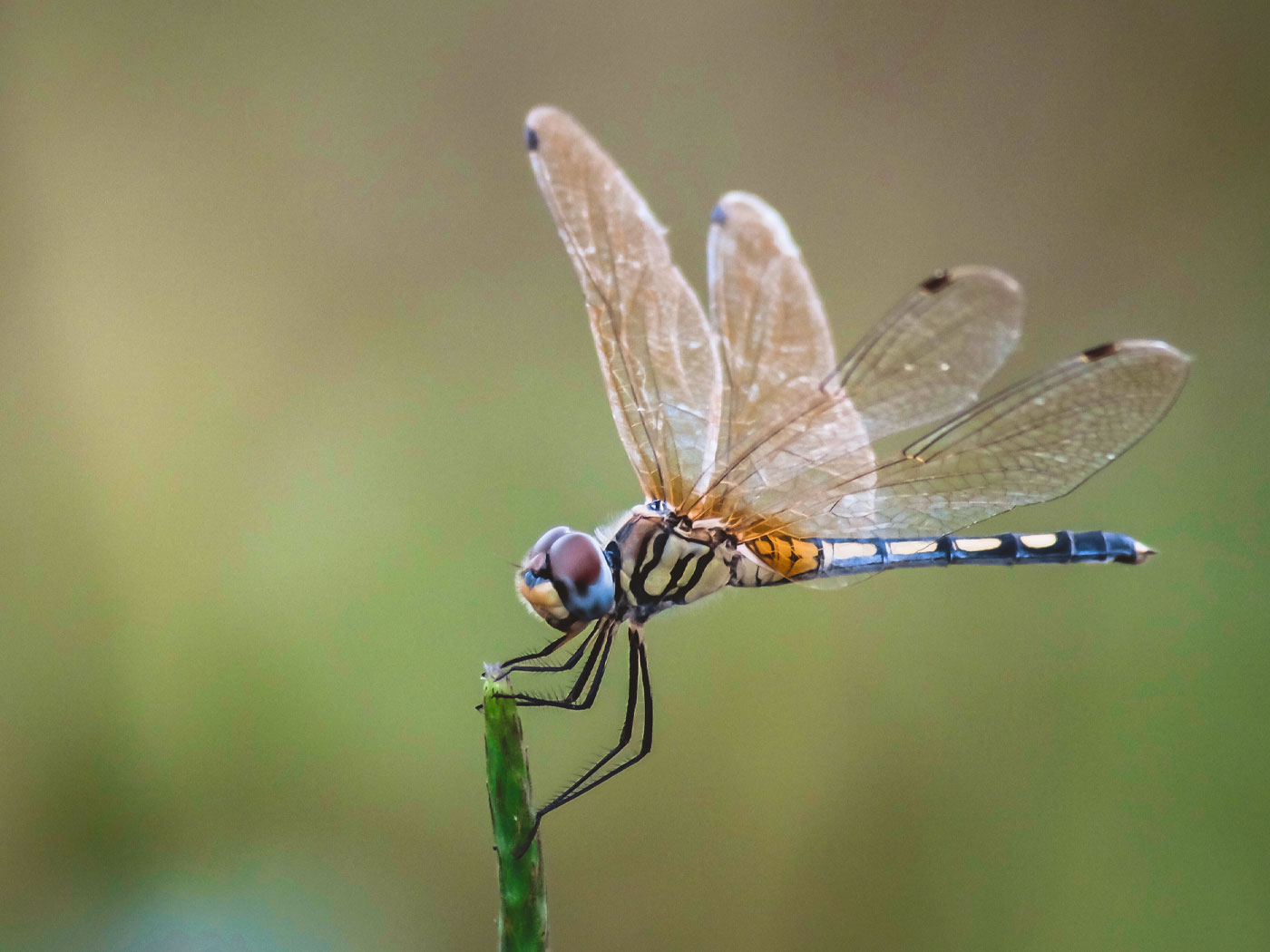Every field of science supports the creation model. This would include the fascinating study of biomechanics. Science writer Bruce Fellman states, "biomechanics studies how the design and construction of plants and animals obey and even capitalize on the laws of physics."1 The creation scientist would add that such "design" features require a brilliant Designer.
One area of biomechanics is the fascinating construction of bone. Years ago evolutionist Carl Welty wrote a paper on "Birds as Flying Machines."2 Birds have hollow bones designed by the Creator to give maximum strength for minimal weight. For example, the frigate bird has a seven-foot wingspan, but the skeleton weighs only four ounces. In his article, Welty has a picture of a bone of a vulture’s wing showing the internal structure and states, "the braces within the bone are almost identical in geometry with those of the Warren truss commonly used as a steel structural member." Sure enough, one compares Welty’s picture with the Warren truss in Urquhart’s Civil Engineering Handbook and is struck by the similarity!
Evolutionist Adam Summers relates a story in Natural History, The beauty of the arrangement of trabecular bone was noted in 1866 by Swiss engineer, Karl Cullman, who happened upon the bisected head of a femur [the thigh bone] in a colleague’s lab. "Why, that’s my crane!" he is said to have exclaimed, and indeed, the pattern of struts in the bone would have looked remarkably like the pattern of girders in the heavy-duty crane Cullman had just designed for a loading dock.3
A.G. Carnes-Smith, a chemist at the University of Glasgow admits, . . . what impresses us about a living thing is its in-built ingenuity, its appearance of having been designed, thought out…of having been put together with a purpose. . . . The singular feature is the [huge] gap between the simplest conceivable version of organisms as we know them, and components that the Earth might reasonably have been able to generate. . . . But the real trouble arises because too much of the complexity seems to be necessary to the whole way in which organisms work.4
Bone is the dynamic, complex, living connective tissue of vertebrates. What is the origin of such a unique tissue that combines living cells (osteocytes) with mineral matter (calcium and phosphorus)? The late Gordon Rattray Taylor, former Chief Science Advisor to BBC television, said in his book, "It is obvious that the creation of bone required not one but a whole burst of mutations, all integrated to a single end…an incredible thing to happen by chance."5 According to neo-Darwinism, the "earliest creatures" on the evolutionary scale such as corals, mollusks, and sponges, had no skeletons (bone), but then, inexplicably, animals with skeletons appear in the fossil record. The 1998 Grolier Multimedia Encyclopedia, in addressing the abrupt appearance of classes and phyla of major animal groups at the Cambrian and Ordovician levels, states, "this must reflect a sudden acquisition of skeletons by the various groups, in itself a problem." A problem for macroevolution, perhaps, but not for the Biblical creation model that would predict the abrupt appearance of major animal groups.
As you might expect, evolutionists scramble to provide secular explanations for such exquisite features as skeletons and the bones that make them up. They choose to worship the creation rather than the Creator (Romans 1:25). Evolutionist G.V. Lauder addresses this in chapter two of his book, Adaptation, stating, " Darwin’s mechanistic explanation of organic design was surely a great intellectual achievement."6 Lauder goes on to say that [natural] "selection" is the reason for "the manifest complexity of organisms." Four other evolutionary biologists disagree, however, and say so quite bluntly in the sixth edition of their text, "Natural selection can act only on those biologic properties that already exist [creation…FS]; it cannot create properties in order to meet adaptational needs [macroevolution…FS]."7
Biomechanics is just one more scientific field that reveals the creative Hand of the Designer.
References
1. Fellman, B., "The Wonders of Biomechanics," Funk & Wagnalls 1991 Science Yearbook, p. 85.
2. Welty, C., "Birds as Flying Machines," Vertebrate Structures and Functions, Scientific American, W.H. Freeman & Co. 1974, p. 66.
3. Summers, A., Natural History, Sept. 2001, p. 74.
4. Cairns-Smith, A.G., Seven Clues to the Origin of Life, Cambridge University Press, 1985.
5. Taylor, G.R., The Great Evolution Mystery, Secker & Warburg, London, 1983, p. 57.
6. Rose, M.R. and Lauder, G.V., Adaptation, Academic Press, Inc. 1996.
7. Noble, Noble, Schad & MacInnes, Parasitology, Lea & Febiger, 1989, p. 516.
Cite this article: Sherwin, F. 2002. God's Creation Is 'Clearly Seen' in Biomechanics. Acts & Facts. 31 (3).






